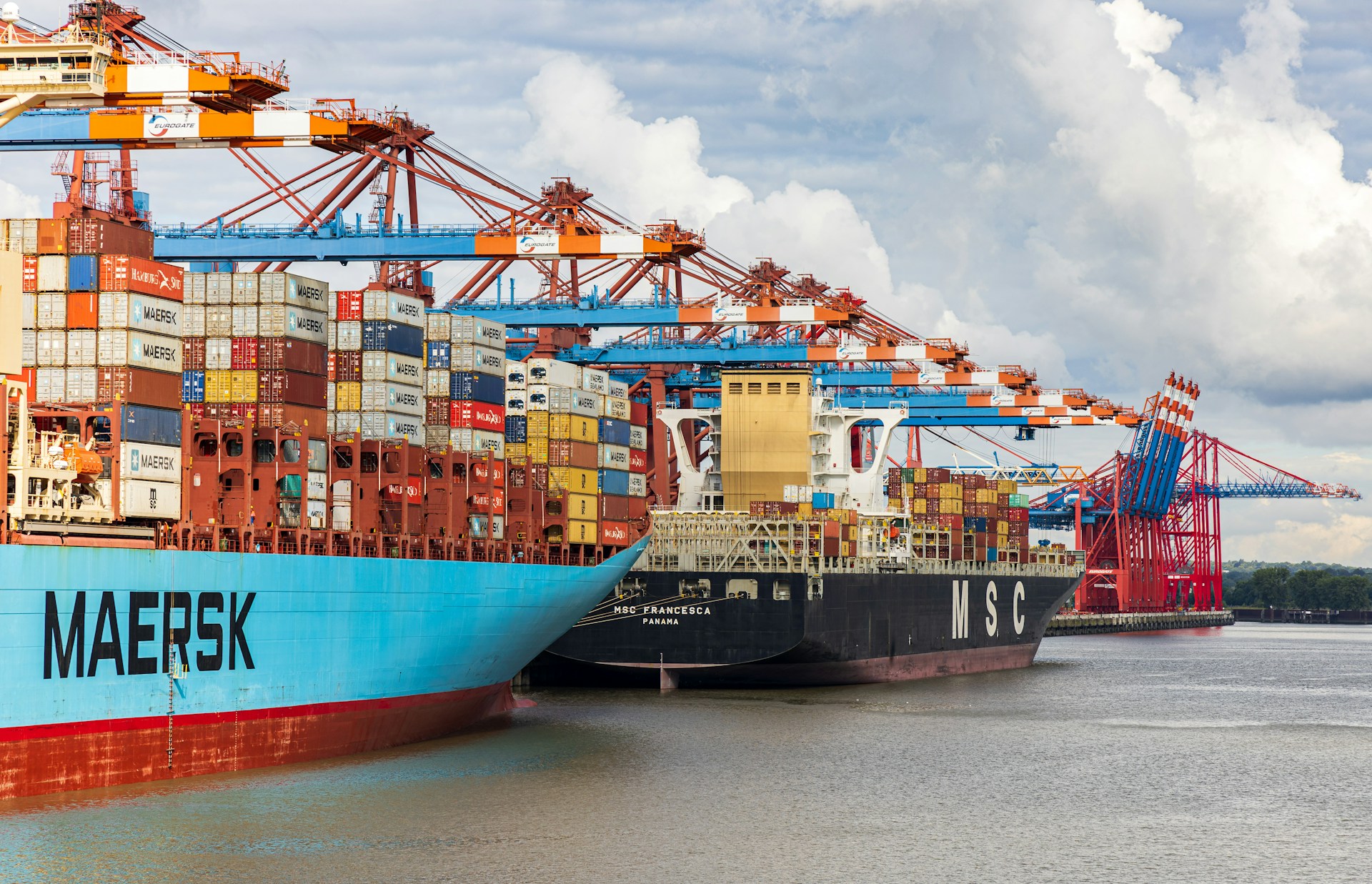Exchange rate movements: factors at play for the Indian Rupee
The Reserve Bank of India mainly intervenes to limit the phases of appreciation.
Published by Luigi Bidoia. .
Exchange rate Central banks Data visualization Emerging markets Internationalisation tools
For over two years StudiaBo has been monitoring
weekly exchange rates movements, analyzing events and factors that might impact on
currency dynamics. Therefore, every week a currency is selected as the most interesting and is analyzed in an article published in this magazine.
The information collected and the analyses carried out over the years allow us to draw a first conclusion.
Exchange rates reflect two different systems of forces: the first one influences exchange rates dynamics in the short term (on a daily, even hourly basis), while
the second one influences their variations over longer time horizons (sometimes more than a year).
These systems of forces are well analyzed by the economic literature: in this context, various theories contribute to the explanation of exchange rates levels.
The monetarist theory of the Purchasing Power Parity suggests that, in the long run, the exchange rate between two currencies
tend to reflect inflation differentials between the economies.
For example, if Brazil's inflation is 2% higher compared to the United States' one, in the long run the Brazilian real will tend to depreciate by 2% against the dollar.
At the same time, the financial theory of Interest Rate Parity postulates that financial markets will find a short-term balance, bringing
spot exchange rate to match expected exchange rate minus the interest rate differential between the two countries.
At the moment, the interest rate differential between the US and the EMU area is greater than 2%: therefore, the dollar exchange rate against the euro
is now overvalued, compared to the exchange rate that would determine market equilibrium.
The price of a currency as intersection of demand and supply curves
A currency can also be seen as a commodity traded on competitive markets; its price can be therefore analyzed on the basis of the consolidated theory of
demand and supply.
In this article we use a supply and demand approach to analyze the case of Indian Rupee: we focus on the evolution over time of the interrelations between
the various factors that influence the exchange rate, as well as the effects on the effective exchange rate of the Rupee.
In order to analyze the dynamics of the entire group of factors, we have developed the animation shown below.
It shows a scale whose movements indicate a phase of depreciation or appreciation of the effective exchange rate.
On the left plate you can find histograms representing the factors whose levels (if positive) tend to weaken the exchange rate:
- net imports (i.e. net of exports) of goods and services, plus net transfers outflows;
- foreign direct investments outflows, net of inflows;
- portfolio investments and current account outflows, net of inflows;
- increases in central bank currency reserves.
On the right plate you can find histograms representing the factors whose levels (if positive) tend to support the exchange rate:
- Net exports (i.e. net of imports) of goods and services, plus net transfers inflows;
- net foreign direct investment inflows (if positive);
- net portfolio investments and current account inflows (if positive);
- decreases in central bank currency reserves.
Use the Play button to run the animation and restart it after stopping it (Stop button).
The Reset button brings the animation back to the beginning.
Exchange rate dynamics: recurring situations
The simultaneous analysis of the different factors at play allows to identify three kinds of periods:
- the 2011Q1-2014Q2 and 2018Q1- periods, characterized by high net imports only partially offset by incoming investments. In these periods the currency tendend to depreciate and the Reserve Bank of India intervened, when necessary, decreasing its currency reserves;
- the 2015Q4-2017Q1 period, in which the exchange rate was stable, as a result of limited net imports and low net incoming investments;
- the periods 2014Q2-2015Q4 and 2017Q1-2018Q1, in which the exchange rate strengthened, supported by high direct investment inflows, with significant interventions by the Central Bank aimed at limiting the appreciation of the exchange rate.
Conclusions
Over the course of this decade, the Indian Rupee depreciated when the increase in the value of imports led to high current account deficits; it appreciated when
the confidence of foreign investors caused an increase in FDI inflows. These movements were accompanied by the interventions of the Central Bank.
These interventions were more decisive when it came to limiting the appreciation of the exchange rate, while they were more accommodating when the interaction of
demand and supply led the exchange rate to depreciate.
On the basis of this analysis, we can argue that the Rupee exchange rate will keep showing a tendency towards depreciation, with accelerations in the presence of
increases in commodity prices.


